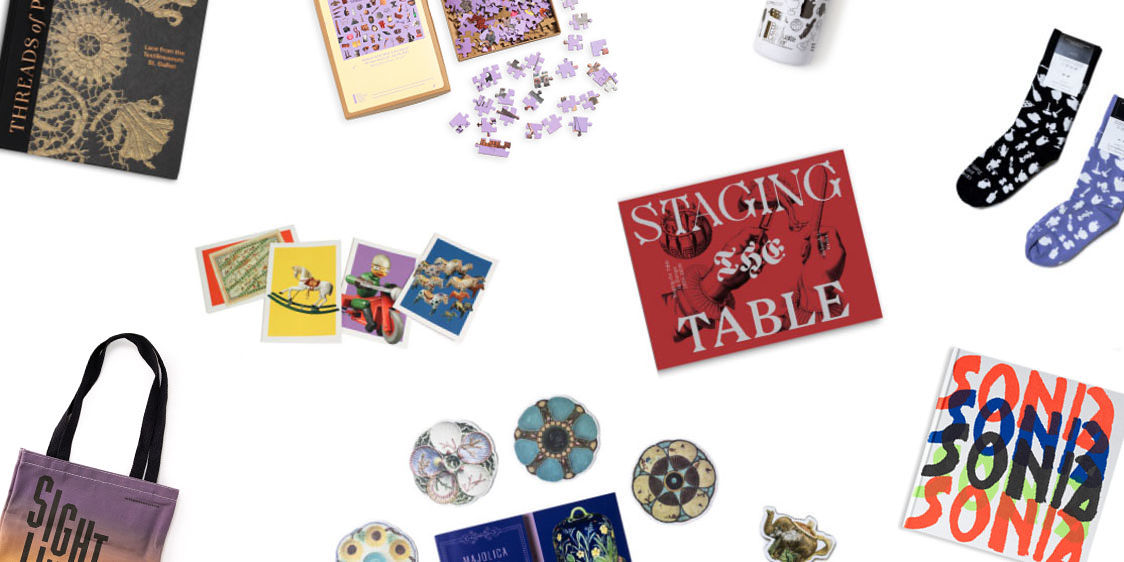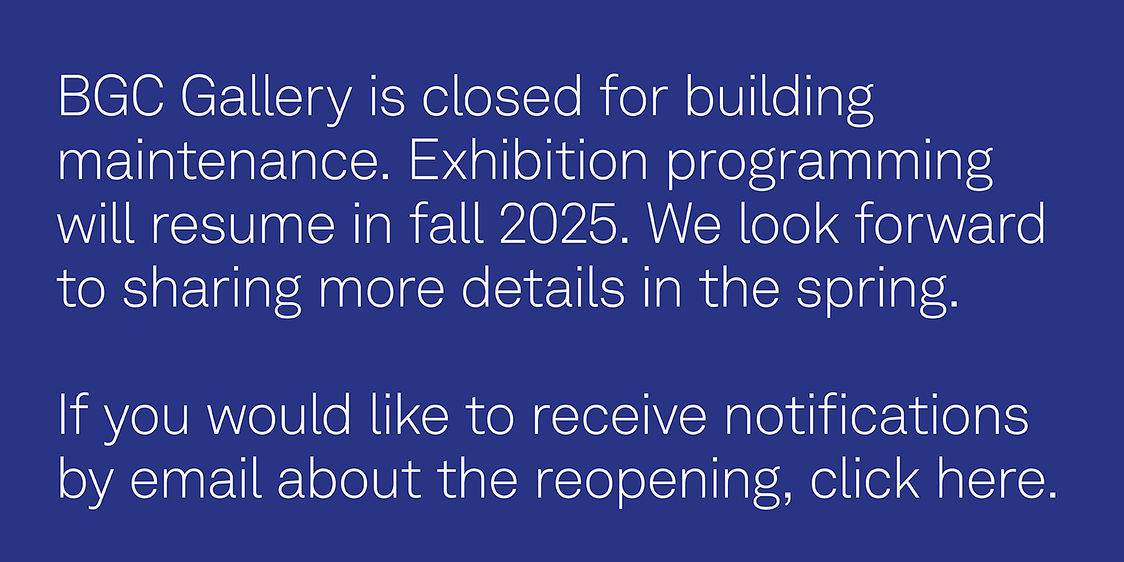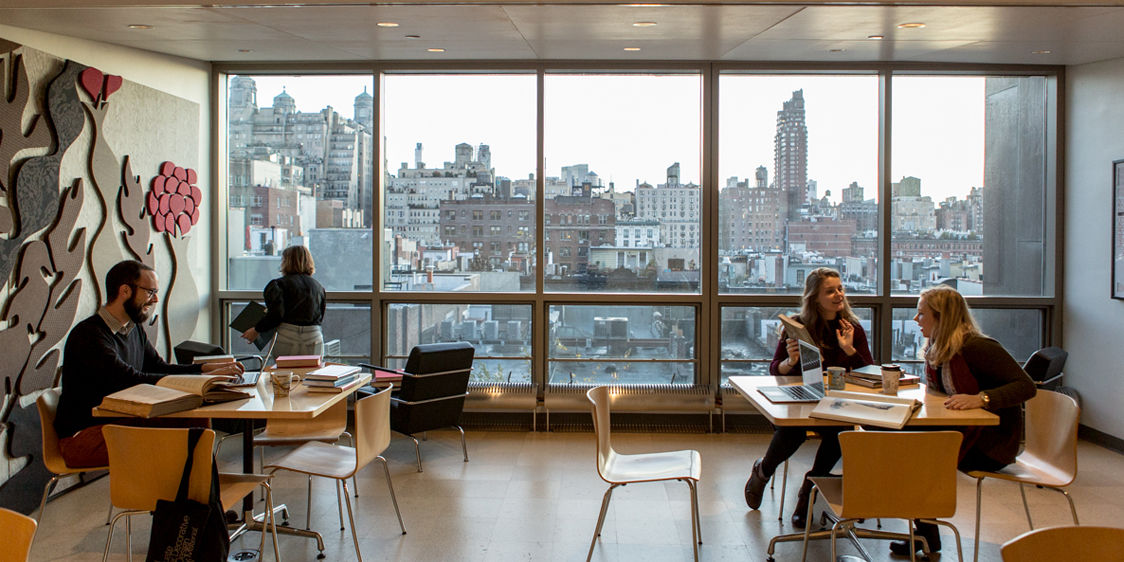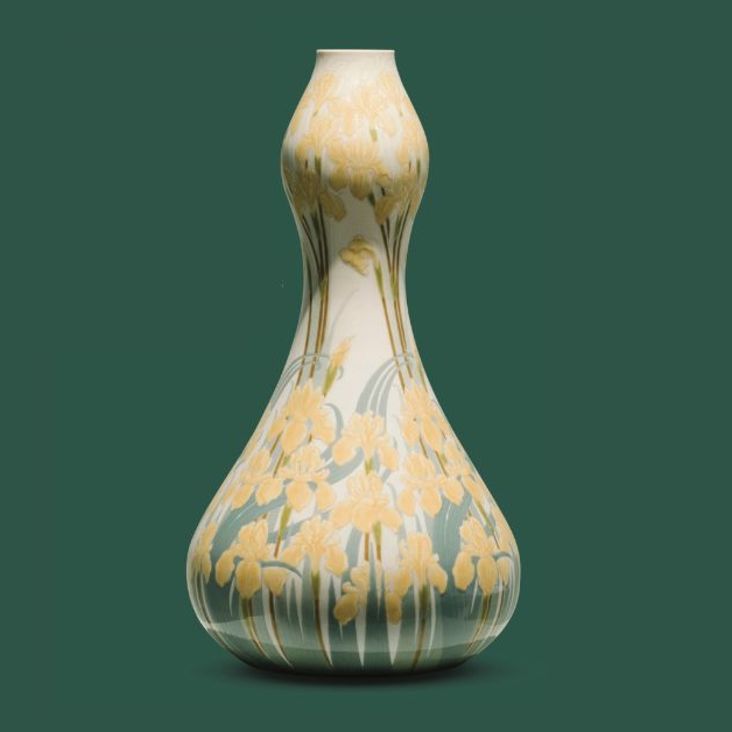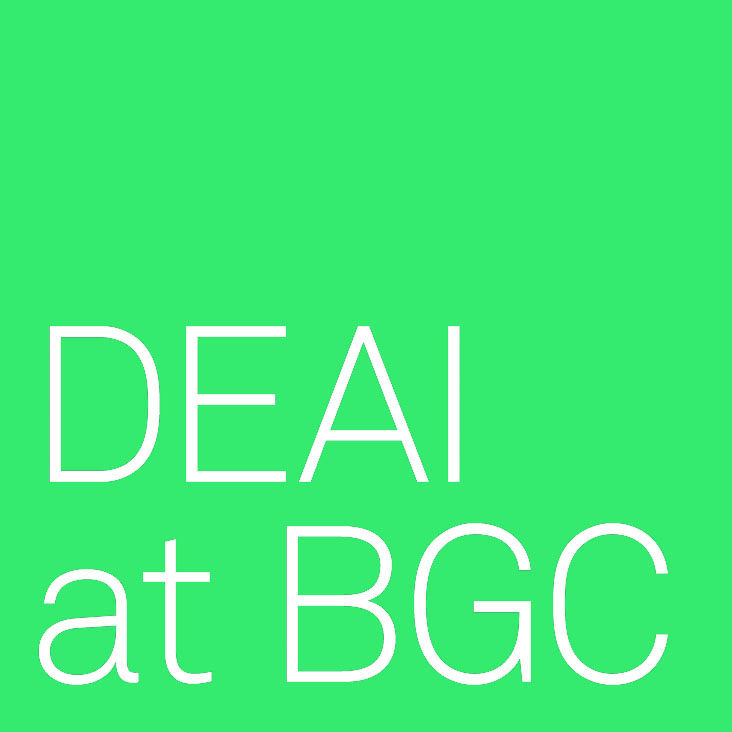On the faculty of
Emory University,
Megan E. O’Neil is a specialist in ancient Maya and other ancient American cultures. She received a BA in archaeological studies from Yale University, an MA in art history from the University of Texas at Austin, and a PhD in the history of art from Yale. One aspect of her research focuses on ancient Maya creation and interaction with stone sculptures. In her first book,
Engaging Ancient Maya Sculpture at Piedras Negras, Guatemala (University of Oklahoma Press), and in multiple essays, Dr. O’Neil examines how the ancient Maya used sculptures to make contact with the past and how sculptures inspired reception and performance. She has also published a revised edition of
Maya Art and Architecture, co-authored with Mary Miller (Thames and Hudson) and curated exhibitions at the Los Angeles County Museum of Art (LACMA). At Bard Graduate Center, Dr. O’Neil is returning to her research on Maya monumental stone sculptures, specifically to work on her book manuscript,
The Lives of Ancient Maya Sculptures, which explores ancient Maya practices of sculptural creation, resetting, destruction, burning, and burial.
Tell us about your
academic/professional background and how you became interested in your research
area.
When I was an undergraduate, I took courses in archaeology and had the
opportunity to travel to Mexico and Belize. I fell in love with Mexico and
Central America and have been fortunate to spend a lot of time in various
countries, especially Mexico and Guatemala, for research or language study. I
became very interested in talking to people about their perceptions of
archaeological sites and museums, and about their relationship to the ancient
Maya past. In one course in graduate school, my adviser gave each student an
old photograph of an ancient Maya monument and asked us to research them. I
soon learned that my sculpture had been cut up, removed from Mexico, and
advertised for sale in a Parisian art gallery in 1966. Following the life of
that sculpture opened my eyes to thinking about how objects change over time,
whether physically, conceptually, or both.
In my professional career, I have been both a full-time
college professor and a full-time museum curator, and now I am both. As a
curator, I am responsible for caring and and interpreting pieces in the collection,
and I also must engage in important ethical discussions and choices. It’s
exciting to be in a position where these discussions also can take place in the
classroom, and that I can talk with my students about how the next generations
of art historians and curators want to engage with objects and ideas in museums
and other cultural institutions.
What attracted you to the Bard Graduate
Center fellowship?
In 2014, when I was a visiting assistant professor at Barnard College, I
attended several talks at the BGC and was excited by the topics, the engagement
of people in the room, and the rich questions and dialogue. I was intrigued by
the range of subjects that aligned with my own interests, including art history,
material culture, archaeology, collecting and exhibition histories, and Native
American and indigenous studies, and the attention both to the intricacies of
particular things and larger frameworks of studying them. I also loved the look
and feel of the lecture hall! When I learned the BGC had fellowships, I
desperately hoped for one because I knew the environment would be perfect for
me to return to a book manuscript.
I couldn’t believe my luck when I learned that this year’s theme was “When
is After?” This theme is deeply relevant to my work in multiple ways, since
I am interested in how the ancient Maya looked to objects of their past, and I
also study how ancient objects are changed or perceived today—in what we might
call those objects’ afterlives. Although my fellowship project concerns the
objects in antiquity, many discussions at the BGC shed light on my other
research interests relating to histories of collecting and exhibition.
What is the focus and result of your
research here?
I am working on a book about how the ancient Maya treated older stone
sculptures, especially sculptures that were physically modified. These
sculptures portrayed rulers and narrated significant events in their biographies.
Some were modified reverentially, and others were smashed in warfare events. I
am interested in how people responded to those broken monuments, for some were
gathered and buried as if human bodies, and others were put into shrines, where
people made offerings to them. These sculptures appear to have remained
connected to the rulers who were portrayed on them, and I am studying how these
were handled as later people reshaped history or placed themselves in relation
to historical individuals and events. At the core of this research is how
objects change over time, and how meanings may accrue, transform, or be lost as
objects’ physical contexts are changed or as new people come into contact with
them.
What are your plans after the
fellowship?
I am very fortunate to have started a new job just before coming to Bard
Graduate Center. In fall 2018, I was appointed assistant professor of art history
and faculty curator of the art of the Americas at Emory University. Emory was
very generous to give me leave to come to the BGC for my second semester. After
the BGC, I’ll return to being a professor and curator at Emory. Regarding my
research—once I finish my current book, I will turn to research on collecting
and exhibition histories, using some archives that we uncovered in Los Angeles
a couple of years ago. For my curatorial projects, I want to work more with
contemporary artists and their responses to the historical materials in our
collections.
What would be your advice to young
researchers/students still trying to decide a career path for themselves,
whether in academia or in museums?
Keep your options open, be flexible, and try to get experience in both the
academy and the museum; there are many overlaps and opportunities for
enrichment of both through cross-fertilization. Also, be a creative thinker and
ask questions about how to push your field in new directions.
Whether you are in academia or museums, embrace
collaboration, and trust the expertise of your collaborators. Each of you will
go farther if you can combine your specialties and strengths to reach new
heights that neither of you expected.
Finally—learn to say yes, and learn to say no! Figuring out
how to take advantage of the opportunities that come your way without
overloading yourself can be challenging, but it is crucial to find a balance.
Getting experience is key, but you also have to figure out how to focus on
developing your path and making yourself unique.

